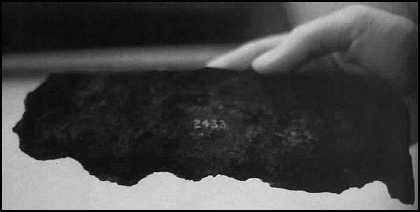Steel
Teräs
To calculate strength, there is need for a iron, later named to steel. EPC calculation born in the same as the gravity started, having the proportional limit five steps between values. From the table can see that iron has placed itself onto the fifth step (phase, stage) having the birth temperature 4.000 Kelvin.
Heavier than iron require energy for the production of heavier nuclei => nuclear reaction. We stay to iron (steel S235 and S355) and under 106 Kelvin as the table shows..
Elements lighter than iron form 99.99997% of stars ordinary matter.
Elements heavier than iron are a small minority, but the number is two-thirds of the elements.
"Steel is an alloy of iron and a small amount of carbon. Carbon is the primary alloying element, and its content in the steel is between 0.002% and 2.1% by weight. The material is significantly hardened and strengthened by impurities, such as carbon, from the smelting process. A certain proportion of carbon (between 0.002% and 2.1%) produces steel, which may be up to 1000 times harder than pure iron. Iron metal has been used since ancient times, though copper alloys, which have lower melting temperatures, were used first in history. Additional elements may also present in steel: manganese, phosphorus, sulfur, silicon, and traces of oxygen, nitrogen and aluminium". Wikipedia
Some history of Steel
Ancient Greece was a Greek civilization belonging to a period of Greek history that lasted from the Archaic period of the 8th to 6th centuries BC to the end of antiquity (ca. 600 AD).
Now we have located iron to history, or have we? There is also older meteoric iron, but the found material was mostly used to jewelries not tools.
"Meteoric iron is a native metal found in meteorites and made from the elements iron and nickel mainly in the form of the mineral phases kamacite and taenite. Kamacite and Taenite are the principal iron-nickel alloy minerals in iron meteorite. Meteoric iron makes up the bulk of iron meteorites but is also found in other meteorites. Apart from minor amounts of telluric iron, meteoric iron is the only naturally occurring native metal of the element iron on the Earth's surface."
The Iron Plate in the Great Pyramid

Samples of smelted iron from Asmar, Mesopotamia and Tall Chagar Bazaar in northern Syria were made sometime between 2700 and 3000 BC. Photo from Wikipedia.

23.9.2015*21:50 (9668 - 9666)
www.karikolehmainen.com
epcalculation@gmail.com
|